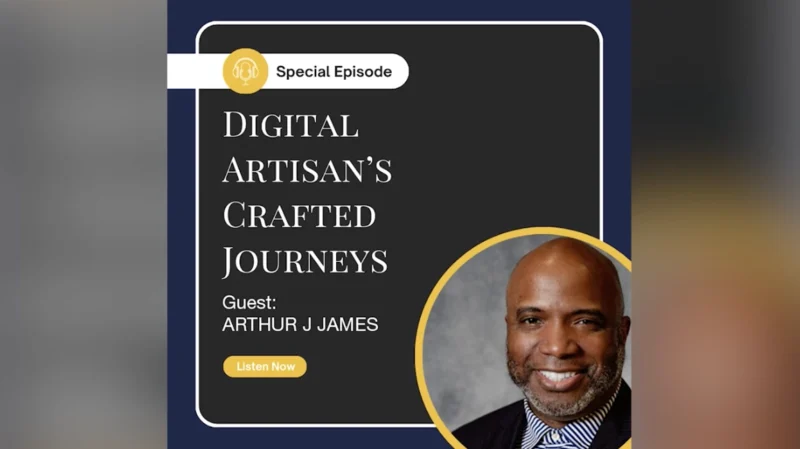A Closer Look at Copper-Clad Tracer Wire
Although not many people outside of the construction industry know anything about copper-clad tracer wire, this hard-working but under-appreciated tool certainly deserves more praise.
This type of tracer wire consists of a steel core that is metallurgically bonded to an outside casing of copper, which makes it much better than copper wire for locating underground utilities.
Here, host Tyler Kern dove into the world of copper-clad tracer wire – including some use cases and primary industries that benefit from this product.
To get new insights on this topic, Kern met with CJ Freeman and Bryan Holmes. Freeman is the Sales, Service, and Business Development Manager at Presco, while Holmes leads Pro-Line Safety Products’ business development and engineering department as its Vice President.
“Essentially, copper-clad steel is the new-school tracer wire,” said Freeman. “It’s going to do the same, and in some instances, outperform copper wire.” He also noted that copper-clad tracer wire was less expensive than its copper counterpart and offered no theft value, keeping it safe from sticky fingers at a job site.
Holmes added, “By federal standards, any linear foot of nonmetallic utility line must be locatable. Tracer wire is the only product that can trace any linear foot of your underground pipes.”
But, despite these benefits, Freeman stated that the product hasn’t caught on to some people because of how new it was, while others preferred other kinds of tracer wire because they were set in their ways.
According to Holmes, however, copper-clad steel takes up a lot of market share – especially considering how recently the product was introduced to the industry. That means that its widespread adoption could come much sooner than anticipated.
Subscribe to the Marking Minute podcast by Presco on Apple Podcasts or Spotify for the latest insights on products that impact our daily life.




